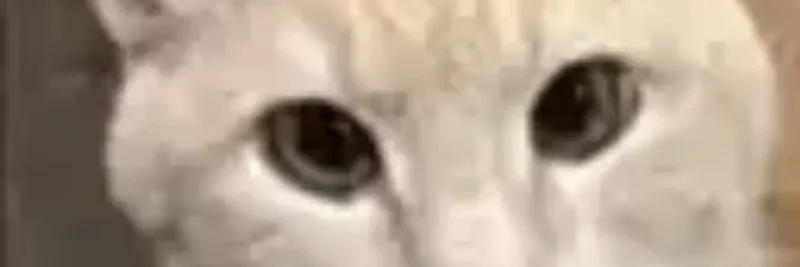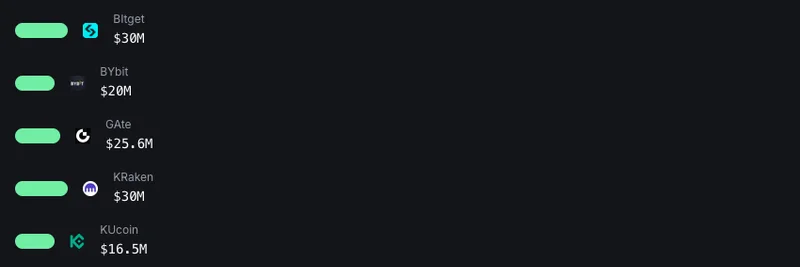TL;DR
- The PLAGUE token at address 0xa867551df0add2301e31cc74cbbf614c134daec4 is associated with BNB Smart Chain (BSC), but available public data is extremely limited and may not be reliably indexed.
- There is name confusion: another “PLAGUE” token exists at a different BSC address with tiny market metrics and near-zero activity. Always verify the exact contract address.
- Key red flags include lack of verified source code, no clear website/whitepaper, and no visible liquidity or community. Treat it as high risk.
- If you ever encounter a trading pool for this contract, verify on-chain details first, use reputable DEXs and tracking tools, and consider platforms that run security checks.
What we found (and what we didn’t)
- Contract address: 0xa867551df0add2301e31cc74cbbf614c134daec4
- Chain and standard: BNB Smart Chain (BSC), a BEP-20 token format similar to Ethereum’s ERC-20.
- Explorer visibility: Public lookups show inconsistent results for this address. Some checks returned no indexed token data on BscScan, while other references list it as a token page with little to no detail. This inconsistency itself is a caution flag.
- Name collision: A different PLAGUE token exists at 0xf7529c75Ef1a980a886819378a4916aF8111284B with micro-cap stats and negligible activity. Don’t assume data for one contract applies to another just because the ticker matches.
Quick refresher:
- BEP-20 is BSC’s token standard (like ERC-20 on Ethereum). Tokens following it work with BSC wallets (e.g., MetaMask configured for BSC, Trust Wallet) and BSC-based DEXs.
- BscScan is the main BSC block explorer. A legitimate, active token typically shows its name, symbol, supply, holders, and transactions there. Absence or minimal info is a warning sign.
Not the same as “The Plague NFT” on Ethereum
Search results for “PLAGUE” often point to “The Plague NFT” (frequently linked to “FROG”) on Ethereum. That’s an NFT project, not a BSC fungible token. Don’t conflate the two—different chains, different assets, different mechanics.
Why the limited data matters
- Transparency: No verified contract source on BscScan (as of available checks) means the code can’t be independently reviewed on the explorer. Unverified contracts can hide mint functions, tax traps, or blacklist logic.
- Liquidity and markets: No credible price, volume, or liquidity data surfaced for the 0xa867… address. Tokens without liquidity are hard (or impossible) to trade and are vulnerable to manipulation if a pool suddenly appears.
- Community and docs: No clear website, whitepaper, or active community channels were found. Lack of communication usually equals higher risk.
Potential use cases (speculative)
Because there’s no official documentation, any “use case” is hypothetical:
- Utility token for a small dApp or game
- DeFi integrations (staking, LP rewards) if liquidity ever exists
- Thematic token aligned with “plague” lore or gaming/NFT narratives
Treat these as possibilities, not promises.
Key risks to keep in mind
- Unverified code: Without verified source, you can’t easily spot dangerous functions. Exploits on BSC have historically included unlimited minting and other abuses.
- Illiquidity: Tiny or zero liquidity means large slippage, potential price manipulation, and difficulty exiting positions.
- Abandonment risk: Sparse or nonexistent activity suggests the project may be dormant or never launched properly.
- Regulatory overhang: BSC/BNB has faced notable scrutiny. While this doesn’t directly indict a single token, it adds ambient risk to the ecosystem.
How to verify before you touch it
- Confirm the contract: Cross-check the exact address (0xa867551df0add2301e31cc74cbbf614c134daec4) on BscScan to see holders, transfers, and whether the contract is verified. Beware of spoofed websites and lookalike tickers.
- Look for a real website and docs: A legitimate project usually lists a homepage, whitepaper, social channels (X/Discord/Telegram), and transparent maintainers.
- Inspect liquidity: If a pool exists, check the pair on a DEX like PancakeSwap and verify who added liquidity, how much is locked, and for how long.
- Check taxes and safety flags: High buy/sell taxes, blacklist functions, or trading disabled are common red flags. Use tools that surface honeypots and suspicious permissions.
- Start small and test: If you absolutely must interact, test a dust-sized trade, then try selling it back to confirm it’s not a honeypot.
Where to track or trade (if liquidity appears)
At the time of writing, we didn’t find reliable, active markets for 0xa867551df0add2301e31cc74cbbf614c134daec4. If a pool later appears:
- Check the pair on PancakeSwap directly and verify the token address.
- Use tracking/trading tools that highlight smart-money flows and security flags. You can also review the token page on GMGN.AI here: https://gmgn.ai/eth/token/fV1R5sZ5_0xa867551df0add2301e31cc74cbbf614c134daec4
Reminder: Only interact after you’ve verified the exact contract, reviewed liquidity, and tested that selling is possible.
Bottom line
The PLAGUE token at 0xa867551df0add2301e31cc74cbbf614c134daec4 shows little to no public footprint on BSC. Combined with name confusion across different contracts, missing verified code, and lack of liquidity or community, this is firmly in high-risk territory. If you encounter it on a DEX or aggregator, slow down, verify every detail, and proceed only if you fully understand the risks.




